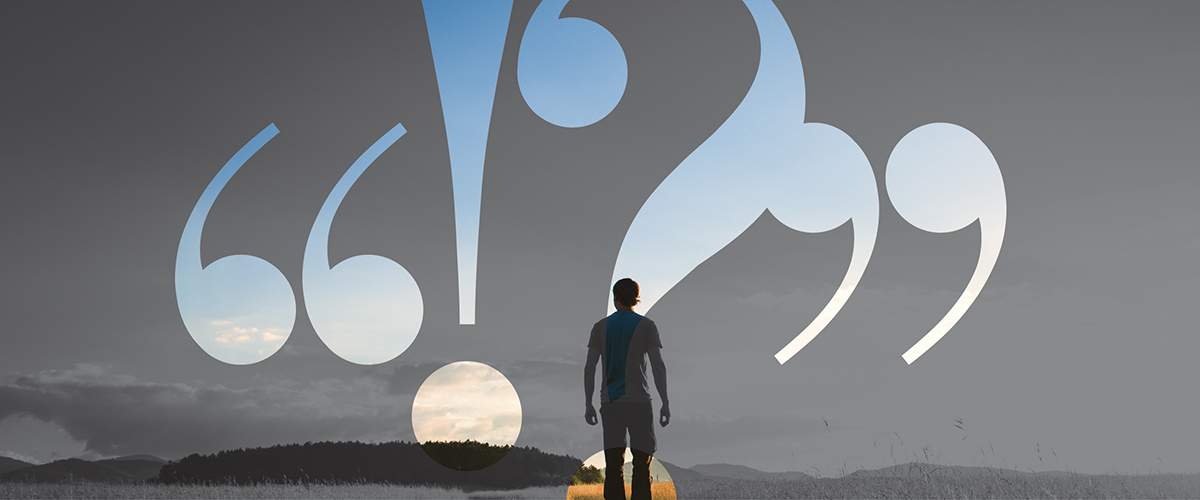This is the first article in a series on corporate storytelling. In coming weeks we’ll explore additional aspects and applications of corporate storytelling — delving into neuroscience, employee communications and design.
What comes to mind when you think of story — a bedtime story, a bestseller, a blockbuster movie? A good story has the power to take us to new places, to make us laugh, to make us cry. But the real power of story goes even deeper. Stories live inside all of us. They have been with us since the beginning of time. Stories are a primal force — a child knows a good story when they hear one, and loses interest quickly when a story doesn’t work. Adults are no different. But stories are not just for entertainment. Their true power lies in their ability to move us, to help us understand ourselves, to motivate us, to change us.
“After nourishment, shelter and companionship, stories are what we need most in the world.”
This is the age of information overload. Consumers are flooded with choices and information — all day, every day. Being heard through all this noise and finding your audience is only the first step. To stand out from the crowd and build a successful brand, you need to connect with people on an emotional level. And that’s what stories do best.
Telling an authentic and unique brand story can spark an emotional response in your audience, engaging them in a way that inspires love and loyalty. The key is to tell your story with a passion and a purpose — and above all, be honest. So what is your brand story? Start by asking simple questions, like who are you as a company? Where did you come from? Why are you doing what you do? What inspires you? And most importantly, why will people care? As these answers crystalize, so will your brand story.
By igniting a strong emotional response, your story gives people something to believe in, and a chance to buy in from the heart. Think about Tom’s, the “One for One Company” that helps people in need with every product purchased. That story opened up a whole new market for socially conscious consumerism. Or consider Nike, and their tagline (which is your brand boiled down to five words or less): “Just do it.” What emotion does that spark in you? Determination? Motivation? Fear? Excitement? Does it make you want to change? That’s what a story can do.
A word of caution, though. Not every story is good. Especially if it’s too inwardly focused. The best stories connect with a universal emotional chord, a common struggle that, while it may be your story, others can see themselves in. Good corporate or product stories tap a need, a desire, or an aspiration that is bigger than just one company. Great stories bring out our shared humanity.
So dig deep, think about the who, what, when, where, and most importantly, the why behind what you’re doing. Find the feeling. Then tell your story to the world. It may be more powerful than you think.
